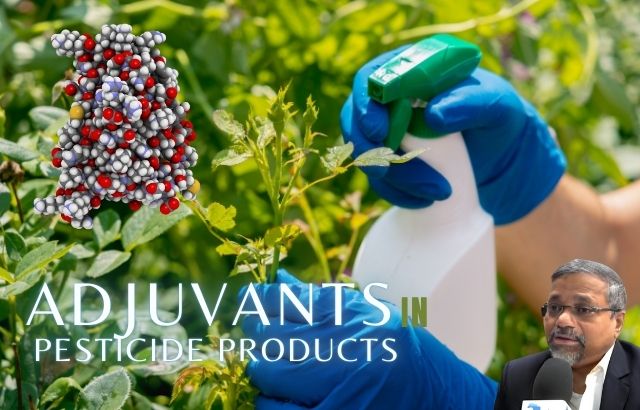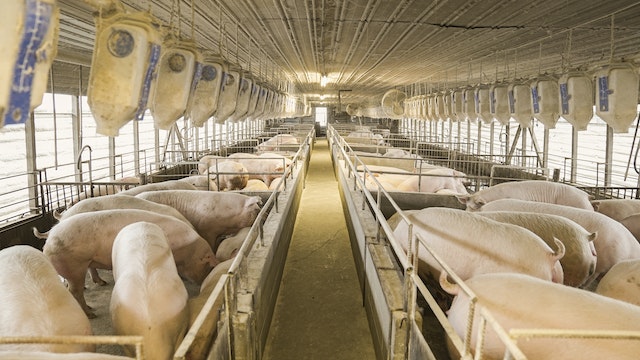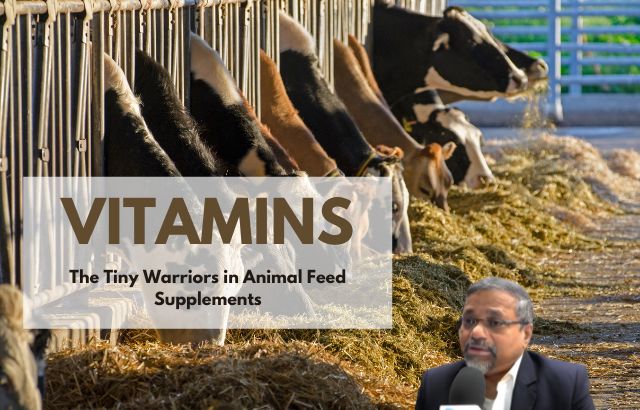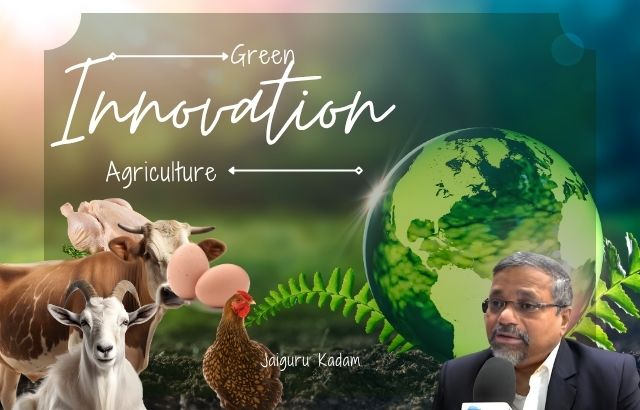Aquaculture has become a key player in meeting the world’s growing demand for seafood, providing a more sustainable alternative to wild-caught fish. However, the environmental impact of aquaculture, particularly in terms of energy consumption and carbon footprint, remains a major concern. Water quality management—essential for the health of farmed species—often requires energy-intensive technologies, such as water pumps, aerators, filtration systems, and temperature control devices. These systems can contribute significantly to greenhouse gas emissions, particularly when powered by non-renewable energy sources.
In this blog, we will explore how carbon footprint studies in aquaculture are helping to minimize the environmental impact of water quality management. We’ll look at strategies and innovations that can reduce energy consumption, optimize resource use, and move the industry toward a more sustainable future.
The Carbon Footprint of Aquaculture: Why It Matters
The carbon footprint of aquaculture is a measure of the total greenhouse gases (GHGs) emitted during the production process, including everything from energy used in water quality management systems to feed production and transportation. Water quality management is an essential part of aquaculture, but it can also be energy-intensive. For instance, pumps and aerators to circulate and oxygenate water, as well as biofilters for treating waste, require significant power input, often leading to high electricity usage.
Excessive carbon emissions from aquaculture operations contribute to climate change and threaten the long-term sustainability of the industry. Moreover, as the world increasingly shifts toward sustainable practices and carbon-neutral goals, reducing the carbon footprint of aquaculture will be critical to its social acceptance and long-term viability.
Energy Consumption in Water Quality Management
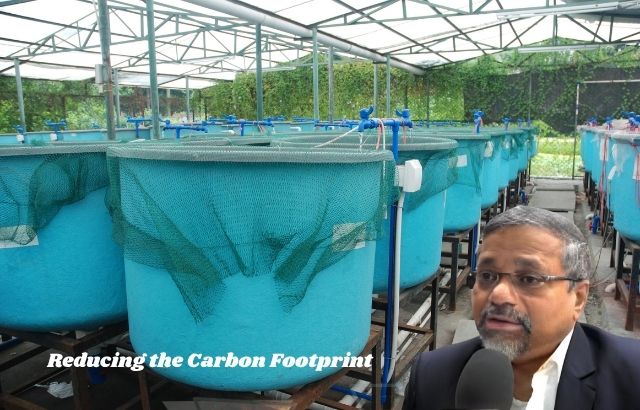
In aquaculture, maintaining water quality involves managing several key parameters such as dissolved oxygen (DO), pH, ammonia, temperature, and filtration. Each of these tasks requires energy, primarily for pumping, aeration, and filtration. Some of the main energy-consuming processes in water quality management include:
- Pumps and Circulation Systems:
- Water needs to be circulated within aquaculture systems to ensure that nutrients, oxygen, and heat are evenly distributed. This requires continuous operation of pumps, especially in Recirculating Aquaculture Systems (RAS), where water is reused multiple times.
- Aeration Systems:
- Aerators are used to maintain the required oxygen levels in water, which is crucial for fish health. Aeration, particularly in large-scale farms or RAS, requires considerable energy, especially when the water needs to be oxygenated at higher volumes or in warmer temperatures.
- Temperature Control:
- Aquatic species are sensitive to water temperature, and maintaining optimal conditions can often involve heating or cooling systems. This is particularly true in land-based aquaculture systems, where external weather conditions may not be ideal for species cultivation.
- Filtration and Waste Treatment:
- Biofilters, mechanical filters, and UV sterilizers are essential for removing solid waste, organic matter, and harmful chemicals from the water. These systems often require energy to operate, especially in intensive farming systems like RAS, where high levels of filtration are necessary to maintain water quality.
Carbon Footprint Studies and Strategies to Minimize Environmental Impact
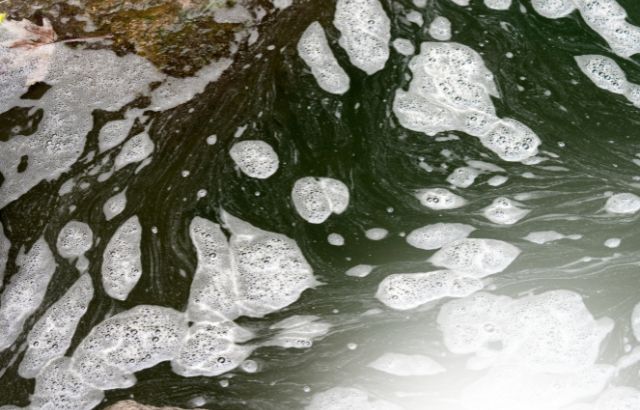
Several studies and technological innovations have been focused on reducing the carbon footprint of water quality management in aquaculture. These efforts aim to optimize energy consumption, incorporate renewable energy sources, and improve resource efficiency in aquaculture systems.
1. Energy-Efficient Filtration and Aeration Systems
- Energy-efficient pumps and aerators: Advanced variable frequency drive (VFD) pumps, which adjust their speed based on demand, can reduce energy consumption by up to 30%. Similarly, high-efficiency aerators can deliver the same amount of oxygen with lower power requirements.
- Airlift pumps, which use air to lift water, are another alternative that can significantly reduce energy consumption compared to traditional electric-powered pumps.
Case Study: A study on energy consumption in RAS systems showed that using energy-efficient aerators and pumps reduced overall energy consumption by 25%, leading to a lower carbon footprint for water quality management.
2. Renewable Energy Integration
- The use of solar, wind, and hydroelectric energy to power aquaculture systems can drastically reduce the carbon footprint. Solar panels are being increasingly used to power water circulation pumps, aerators, and filtration systems in aquaculture farms located in sunny regions.
- Offshore aquaculture farms can take advantage of wind turbines or wave energy to power their operations, reducing reliance on fossil fuels.
Example: The Norwegian Salmon Aquaculture Industry has begun investing in offshore floating solar panels and wind turbines to reduce carbon emissions associated with energy use in their offshore farms.
3. Optimizing Water Quality Management with Automation and IoT
- Smart sensors and Internet of Things (IoT) technology allow for real-time monitoring of water quality parameters, enabling aquaculture farms to adjust aeration, filtration, and pumping only when necessary. This prevents the continuous running of energy-intensive systems and optimizes energy use.
- Automated systems can track water parameters and adjust settings in response to changes in temperature, oxygen levels, and nutrient concentrations, leading to more energy-efficient operations.
Case Study: In a study involving IoT-based water quality monitoring systems in RAS, automated adjustments reduced energy consumption by 15%, while improving water quality control.
4. Reducing Waste Through Resource Recovery
- One of the biggest environmental challenges in aquaculture is waste management, particularly in intensive systems like RAS. By developing systems for waste-to-energy conversion, such as biogas production from fish waste, aquaculture farms can turn organic waste into a source of renewable energy.
- Some farms are using composting or algae-based biofilters to recycle organic waste into useful byproducts, reducing the overall need for energy-intensive disposal methods.
Example: The International Centre for Aquaculture and Aquatic Resources is exploring the use of algae-based filtration systems that absorb excess nutrients (such as nitrogen and phosphorus) while simultaneously producing biomass that can be converted into biofuels.
5. Designing Energy-Efficient Aquaculture Systems
- Aquaculture system design is another key focus for reducing energy consumption. Passive energy design, which utilizes natural resources like sunlight or wind, can be incorporated into both land-based and offshore aquaculture systems.
- For instance, aquaponic systems (which combine fish farming with plant cultivation) are inherently energy-efficient, as they use the waste from fish to fertilize plants, reducing the need for external inputs while also enhancing water quality.
Moving Toward Carbon Neutral Aquaculture
A number of studies and initiatives are focused on pushing the aquaculture industry toward carbon neutrality. This involves not only minimizing energy consumption but also offsetting the emissions produced through practices like carbon sequestration (capturing and storing carbon) and reforestation.
For instance, some innovative aquaculture projects are implementing sustainable seafood certifications (such as the Aquaculture Stewardship Council) to ensure that aquaculture farms meet rigorous environmental standards. This includes reducing carbon emissions, optimizing resource use, and improving farm energy efficiency.
Example: The Aquaculture Stewardship Council (ASC) has developed standards for sustainable aquaculture that encourage energy-efficient practices, including green energy sources and the reduction of water usage and waste.
Conclusion: The Path Toward Sustainable Aquaculture

Reducing the carbon footprint of water quality management is essential for making aquaculture more sustainable and minimizing its impact on the environment. Through the use of energy-efficient systems, the integration of renewable energy, the application of IoT and automation, and the development of innovative waste management solutions, the aquaculture industry is making strides toward minimizing its environmental footprint.
Ongoing carbon footprint studies play a critical role in identifying new technologies and strategies that can reduce energy consumption, optimize resource use, and contribute to a more sustainable future for aquaculture. As the industry continues to grow, these efforts will be crucial in ensuring that aquaculture remains a viable and environmentally responsible solution to global food security.
By embracing these sustainable practices, the aquaculture industry can not only meet the increasing demand for seafood but also lead the way in demonstrating how resource-efficient and carbon-conscious farming practices can benefit both people and the planet.



